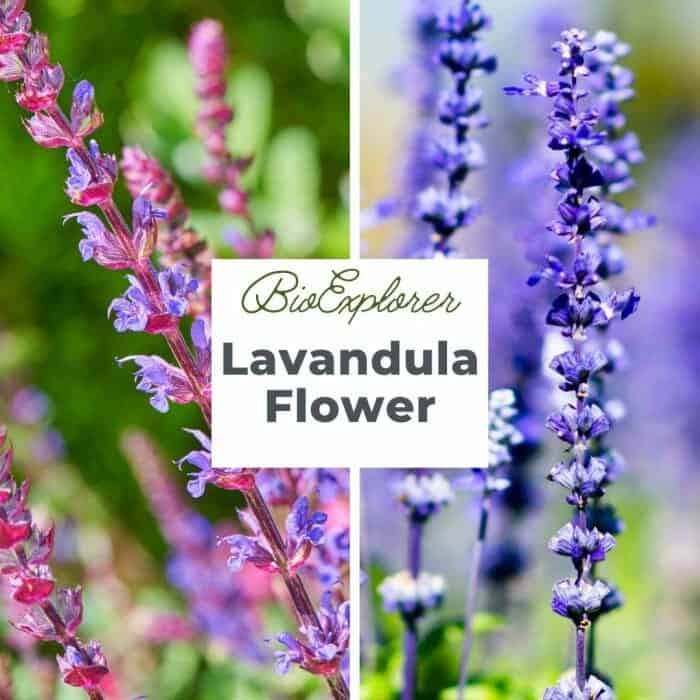
Lavandula angustifolia is undoubtedly amongst the most popular herbaceous plants. With its purple flowers, the fragrant plant adorns many window sills, gardens, and balconies.
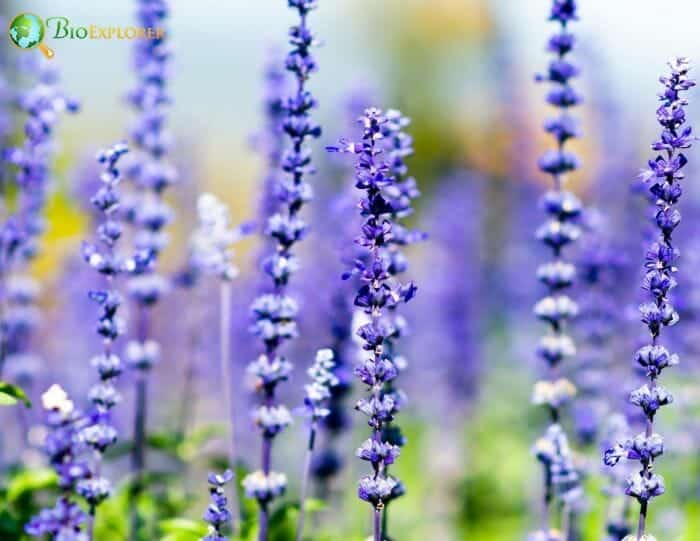
Lavandula is a true jack-of-all-trades. It is an ornamental plant with an extremely pleasant scent for sunny places and a therapeutic plant with an antiseptic and calming effect, the grated leaves of which are even suitable as a cooking spice.
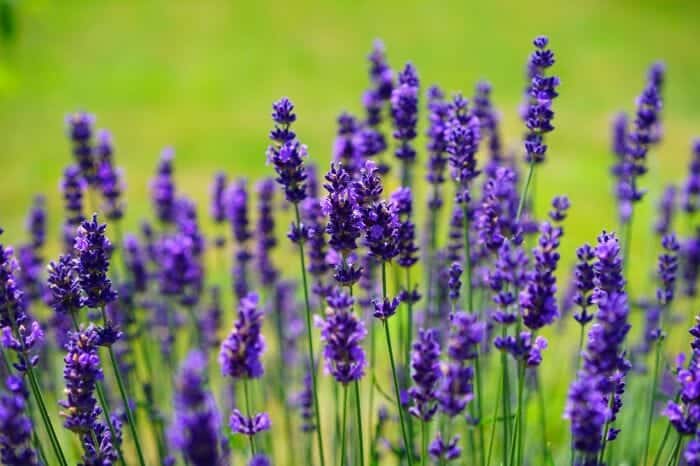
Also known as true lavender, Lavandula is a classic Mediterranean plant particularly prevalent in Mediterranean countries such as Italy, Greece, and southern France. Lavandula angustifolia belongs to the Lamiaceae (mint) family. The lavender plant genus (Lavandula) comprises over 47 different species[1].
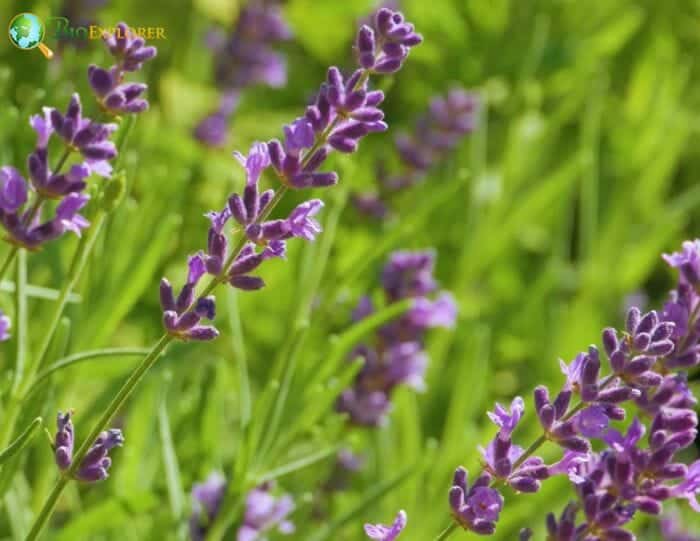
This perennial subshrub can reach up to 140 cm in height. Its leaves are unique and easily recognizable. They are usually light green to greenish-gray in color. The leaves are lanceolate, full-edged, elongated, and are up to 5 cm long.
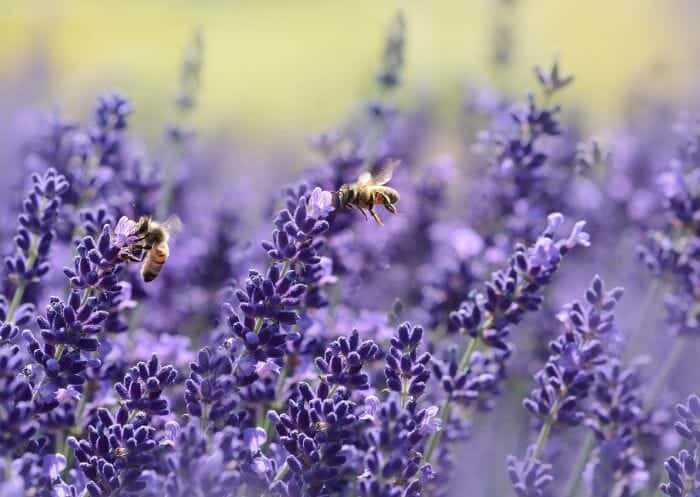
The leaves are covered with white felt hairs/leaves and rest on the erect branches on which they are arranged to face each other. Lavandula typically blooms between late May and mid-September. There it forms purple flowers, rarely white, which are arranged in pseudo-whorls. Each flower comprises 4 stamens, a 2-part upper lip and a 3-part lower lip, and a 4-part ovary.
















